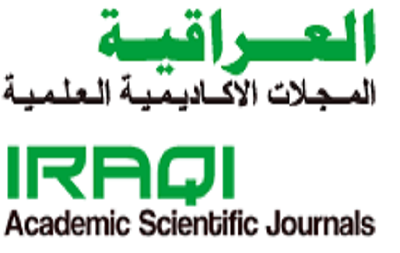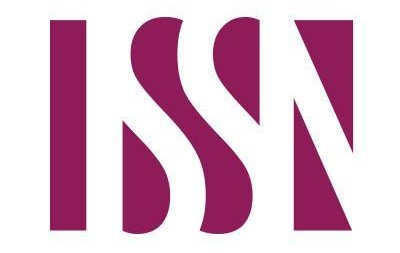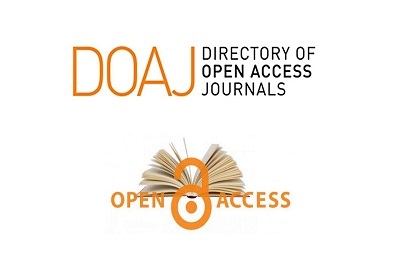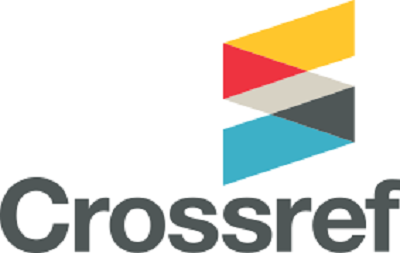The effect of a functional training curriculum according anaerobic energy systems with and without intermittent fasting on a number of physical variables for those who like general health
Main Article Content
Abstract
The research aims to prepare a curriculum for functional training according to the two anaerobic energy systems. The researchers used the experimental method for two experimental groups with pre- and post-measurements. The research sample only consisted of (24) participants at a rate of (80%). The statistical package (SPSS) was used. The research reached the most important results (the latest training curriculum using functional training according to the two anaerobic energy systems with intermittent fasting showed a clear improvement in all physical variables (strength endurance, maximum strength, explosive strength, speed, agility and flexibility) and all of them were statistically significant between the pre- and post-measurement and in favor of the post-measurement. The training curriculum using functional training according to the two anaerobic energy systems without intermittent fasting also showed a clear improvement in all physical variables (strength endurance, maximum strength, explosive strength, speed, agility and flexibility) and all of them were statistically significant between the pre- and post-measurement and in favor of the post-measurement. The researchers also recommended paying attention to using the functional training curriculum according to the two anaerobic energy systems with and without intermittent fasting. In improving the level of physical abilities (strength endurance, maximum strength, explosive power, speed, agility and flexibility).
Article Details

This work is licensed under a Creative Commons Attribution-NonCommercial 4.0 International License.
References
Abu Al-Ala, A. A. F. (2012). Sports training - physiological foundations - training plan - junior training - long-term training - training load errors. Dar Al-Fikr Al-Arabi.
Abu Al-Ali, A., & Ahmed, N. A.-D. (2003). Physiology of Physical Fitness (p. 64). Dar Al-Fikr Al-Arabi.
Ahmed, S. K., & Mohamed, A. M. A.-D. (2019). The effect of using anaerobic lactic effort on some physical variables and the level of skill performance of Kung Fu players. Faculty of Physical Education, Sadat City University, Journal of Theories and Applications of Physical Education and Sports Sciences, 2.
Al-Yasiri, M. J. (2010). Theoretical foundations of physical education tests. Dar Al-Diyaa for Printing and Publishing. Al-Najaf Al-Ashraf, 72.
Bahrain, O. C. (2011). Physical Fitness Tests. Training and Development Department.
Bompa, T. O., & Buzzichelli, C. (2019). Periodization-: theory and methodology of training. Human kinetics.
Box, A. G., Feito, Y., Brown, C., Heinrich, K. M., & Petruzzello, S. J. (2019). High Intensity Functional Training (HIFT) and competitions: How motives differ by length of participation. PLOS ONE, 14(3), e0213812. https://doi.org/10.1371/journal.pone.0213812
DAVID H. FUKUDA. (2019). Assessments for Sport and Athletic Performance Features 50 comprehensive tests for athletes and clients . Human Kinetics . https://lccn.loc.gov/2018036040
Feito, Y., Heinrich, K., Butcher, S., & Poston, W. (2018). High-Intensity Functional Training (HIFT): Definition and Research Implications for Improved Fitness. Sports, 6(3), 76. https://doi.org/10.3390/sports6030076
Hammad, S. H. (2022). The effect of cognitive exercises with educational technology in developing the ability to shift attention and performing counterattack skills in fencing. University of Anbar Sport and Physical Education Science Journal, 5(25).
Hussein, A. A. A.-R. (2023). The effectiveness of functional cross training (FXT) in developing some physical abilities and offensive skills of volleyball players. Beni Suef Journal of Physical Education and Sports Sciences, 6(11), 344–371. https://doi.org/DOI:10.21608/obsa.2022.176243.1399
Kamal, A. H. I. (2015). Performance measurement and evaluation tests associated with human movement science. Book Center for Publishing.
Mcweeny, D. K., Boule, N. G., Neto, J. H. F., & Kennedy, M. D. (2020). Effect of high intensity functional training and traditional resistance training on aerobic, anaerobic, and musculoskeletal fitness improvement. Journal of Physical Education and Sport, 20(4), 1791–1802. https://doi.org/DOI:10.7752/jpes.2020.04243
Mimi, D. (2016). Intermittent Fasting for Weight-Loss and Wellness Scheduled Eating as a Healthy ،Sustainable and Free Solution. Health & Medicine . https://www.slideshare.net/slideshow/intermittent-fasting-for-weight-loss-and-wellness-food-can-wait/57940791
Mufti, I. (2020). The Comprehensive Reference in Sports Training, Practical Applications. Dar Al-Kitab Al-Hadith.
Remya, N., Alwin, C., Anumol, C., Elsa Baby, R., & Baby, R. E. (2022). Effect of functional training on speed agility explosive power and aerobic endurance in recreational soccer players. Int. J. Physiother. Res, 10(2), 4162–4169. https://doi.org/https://dx.doi.org/10.16965/ijpr
Rissan, K., & Abu Al-Ala, A. F. (2016). Sports Training. Book Center for Publishing.
Saad, H. M., Sabar, H. J., & Hamad, S. H. (2023). The effect of compound exercises with rubber tools on motor coordination, agility, and some offensive skills of young foil fencers. Wasit Journal Of Sports Sciences, 16(3).
Santana, J. C. (2016). Funtional Training: Exercices and programming for training and performance. Estados Unidos: Human Kinetics.
Santana, J. C. (2019). JC’s Total Body Transformation: The Very Best Workouts for Strength, Fitness, and Function. Human Kinetics Publishers.
Thurgood, G., & Paternoster, M. (2013). Core Strength Training: The Complete Step-by-step Guide to a Stronger Body and Better Posture for Men and Women. Dorling Kindersley Ltd.
Tumminello, N. (2016). Building muscle and performance: a program for size, strength & speed. Human Kinetics.
Weiss, T., Kreitinger, J., Wilde, H., Wiora, C., Steege, M., Dalleck, L., & Janot, J. (2010). Effect of Functional Resistance Training on Muscular Fitness Outcomes in Young Adults. Journal of Exercise Science & Fitness, 8(2), 113–122. https://doi.org/10.1016/S1728-869X(10)60017-2
Xiao, W., Soh, K. G., Wazir, M. R. W. N., Talib, O., Bai, X., Bu, T., Sun, H., Popovic, S., Masanovic, B., & Gardasevic, J. (2021). Effect of Functional Training on Physical Fitness Among Athletes: A Systematic Review. Frontiers in Physiology, 12. https://doi.org/10.3389/fphys.2021.738878





 IASJ
IASJ CC-BY-4.0
CC-BY-4.0 turnitin
turnitin ISSN
ISSN DOAJ
DOAJ Crossref
Crossref GoogleScholar
GoogleScholar Orcid
Orcid